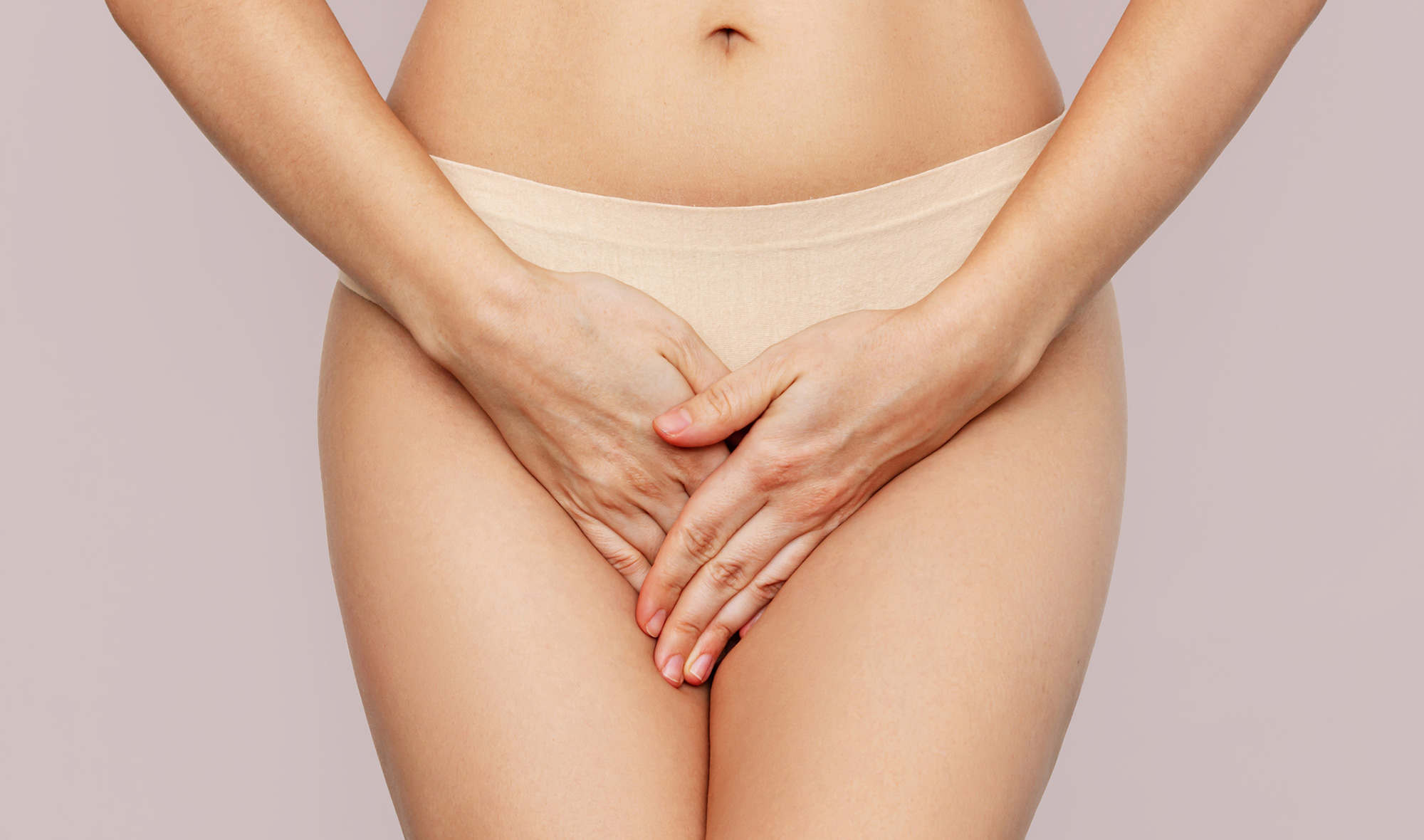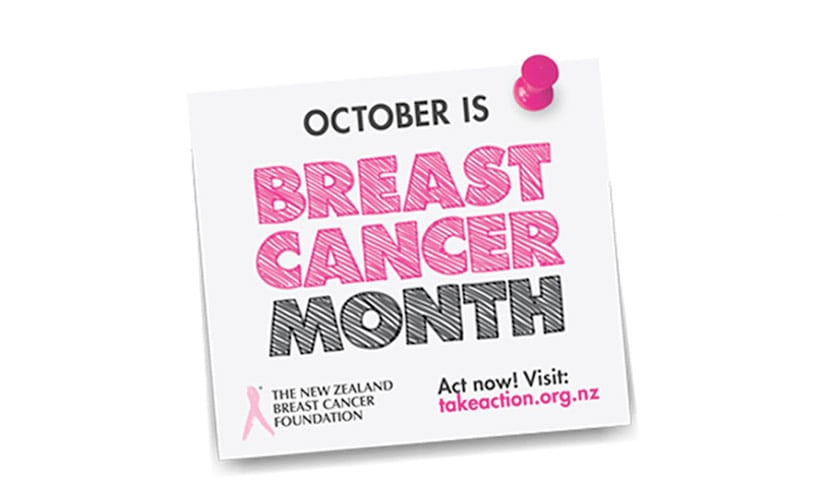What is infertility?
Infertility is not the same as sterility, as many causes of infertility can be treated. About 25% of couples trying to conceive will experience infertility problems at some stage, but many will eventually be successful resulting in a first or subsequent pregnancy. For others, physical problems preventing natural conception mean that the only way to become pregnant is by assisted fertility and this is a growing trend. One in eight couples need some form of medical assistance to achieve pregnancy.
What causes infertility?
- Age: is a major factor as a woman’s chances of conceiving each month drop from 25% at age 34 to 4% at age 42. This is a significant problem in New Zealand as the average age for a first pregnancy is 30; the highest in the world
- Endometriosis: the endometrium (lining of the uterus) grows outside the uterus causing menstrual problems, pain and damage to reproductive organs
- Ovulation problems: disruption of normal ovulation caused by hormone imbalance; polycycstic ovaries, which block release of the egg; or ovarian cysts
- Blocked tubes: fallopian tubes become blocked due to infection (such as Chlamydia)
- Uterine fibroids: benign growths inside the uterus
- Low body weight: can cause hormones to switch off preventing ovulation, the body needs at least 22% fat for a normal menstrual cycle and below 17% menstruation and ovulation may stop altogether
- Being overweight: can reduce chances for conception in women and can cause reduced sperm count in men
- Pelvic inflammatory disease: caused by infection with a sexually transmitted disease can cause serious damage to the female reproductive system
- Problems with sperm: includes low sperm count, reduced sperm motility, abnormal sperm or no sperm. Varicocele (swollen veins in the testes) is the most common cause of male infertility (up to 40%) causing a temperature increase in the scrotum, which is harmful for normal sperm development
- Anti-sperm antibodies: can be produced by men against their own sperm (particularly in men who have had vasectomy reversal) or by a woman against her partner’s sperm in her cervical mucus
- Stress: throws many body functions out of kilter, including fertility
- Frequency of sexual intercourse: this should be 2–3 times a week
Predict your peak fertility
The window of opportunity to conceive is restricted to only a few days per month and, once released, the egg must be fertilised within 18-24 hours. Sperm can survive for up to five days in the female reproductive tract and therefore intercourse one or two days before ovulation is the most likely time for successful fertilisation.
- Abdominal pain or discomfort is felt by many women when they ovulate
- When ovulation is imminent, cervical mucus changes in consistency from sticky to clear and fluid (like egg white), which allows sperm to swim through more easily
- Ovulation coincides with a spike in body temperature of 0.5 to 1.6 degrees; you are most fertile just before peak temperature increase, so use temperature charting to establish a pattern for prediction
- Fertility prediction kits are available to detect oestrogen levels in your saliva which tells you are about to ovulate
Prevention and treatment
It is important to prepare your body for conception and pregnancy but if you have done all you can and are still unable to conceive, there are many options available to help with infertility.
1. Pre-conception care
- Smoking greatly reduces fertility in men and women, so stop
- Eat a well-balanced nutritious diet with plenty of fresh fruits and vegetables (particularly leafy green vegetables rich in folic acid), antioxidants, vitamins especially B6, B12 and essential minerals (zinc and selenium)
- Keep caffeine and alcohol intake to a minimum as both affect sperm and reduce conception rate
- High temperatures can damage sperm, so loose underwear and cool showers are in order
- Women take folic acid to prepare you for a healthy pregnancy
- Avoid exposure to toxins including heavy metals, organic solvents (eg. oven cleaners) and dioxides (in paints)
- Be aware of your body rhythms and use fertility charting
- Reduce stress in your life and focus on the positive
- Reduce weight so that your Body Mass Index (BMI) is under 30
2. Identify the problem
Investigation into the cause of infertility can help identify a problem in either partner. A physical examination can cover general health factors, an STD check and cervical smear.
- Blood tests for female hormones (FSH, oestrogen and progesterone) can tell if you are ovulating. Blood tests can also check your rubella status
- Ultrasound will look for healthy uterus, fallopian tubes and ovaries
- Internal examination by laparoscopy (a tube with a camera inserted via a small hole at the navel under anaesthetic) can identify any problems
- Hysterosalpingogram is when a dye is inserted into the uterus via cervix to see if the fallopian tubes are blocked, using X-ray
- Ultrasound combined with measuring hormone levels can determine the number of eggs in a your ovaries and work out the chance of becoming pregnant
- For men: A semen sample for sperm analysis can check for normal sperm count, motility and structure
3. Treatments for infertility
- Surgery to open blocked tubes, treat polycystic ovaries, remove endometriosis or uterine fibroids
- Fertility drugs to release more eggs each month and increase your chances of fertilisation
- Intrauterine insemination to help increase chance of fertilisation by introducing sperm directly into the uterus
- Assisted Reproductive technology or In Vitro Fertilisation (IVF) involves stimulating egg production then removing eggs from your ovaries to be fertilised in the laboratory with your partner’s sperm (or donor sperm). Once the eggs have developed into embryos, they are implanted into your uterus. You may need several attempts at IVF which can be an expensive undertaking.
4. Alternative remedies
- Acupuncture, an ancient Chinese remedy, can help couples through fertility problems, by stimulating chemicals that instil wellbeing and possibly the release of neurotransmitters and neurohormones in the brain, also helping blood flow to reproductive organs
- Clinical hypnotherapy is used to reduce stress, increase confidence and instil a sense of control to maximise chances of conceiving naturally
- Naturopathic treatments include using herbs, nutrition, detoxification and stress control to address fertility problems
5. Managing the infertility process
Having a child is one of our most basic instincts and being unable to do so can launch a couple onto a rollercoaster ride through a range of emotions. The IVF process can also be long and difficult but there are a range of counselling and support services available to help you through. Early referral is best when the woman is older, if there are background health problems including recurrent miscarriages or where genetic conditions are an issue.















Community